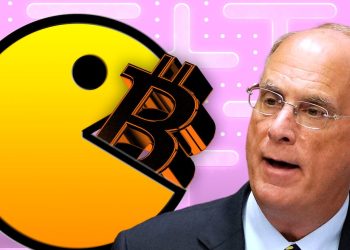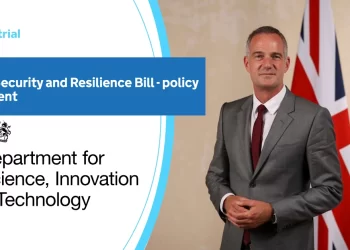By Luc Cohen
NEW YORK (Reuters) – In U.S. prosecutors’ telling, Sam Bankman-Fried embezzled money from depositors in his FTX cryptocurrency exchange ever since he launched it in 2019, and the resulting shortfall led directly to its collapse as crypto prices swooned last year.
But in his own version and in explanations put forth by his lawyers, Bankman-Fried thought FTX, like a bank, could make investments with customers’ money as long as they were able to withdraw it – and he did not know that actions taken by his closest colleagues had jeopardized the availability of funds.
Over the course of six weeks starting on Oct. 3, a federal jury in Manhattan is due to weigh these dueling narratives during Bankman-Fried’s criminal trial on fraud charges, before determining whether the 31-year-old former billionaire is guilty on seven counts of fraud and conspiracy.
Bankman-Fried, who quit his job as a quantitative trader at Wall Street firm Jane Street to found crypto hedge fund Alameda Research in 2017, has pleaded not guilty.
A conviction would seal his spectacular fall from grace. During…









































